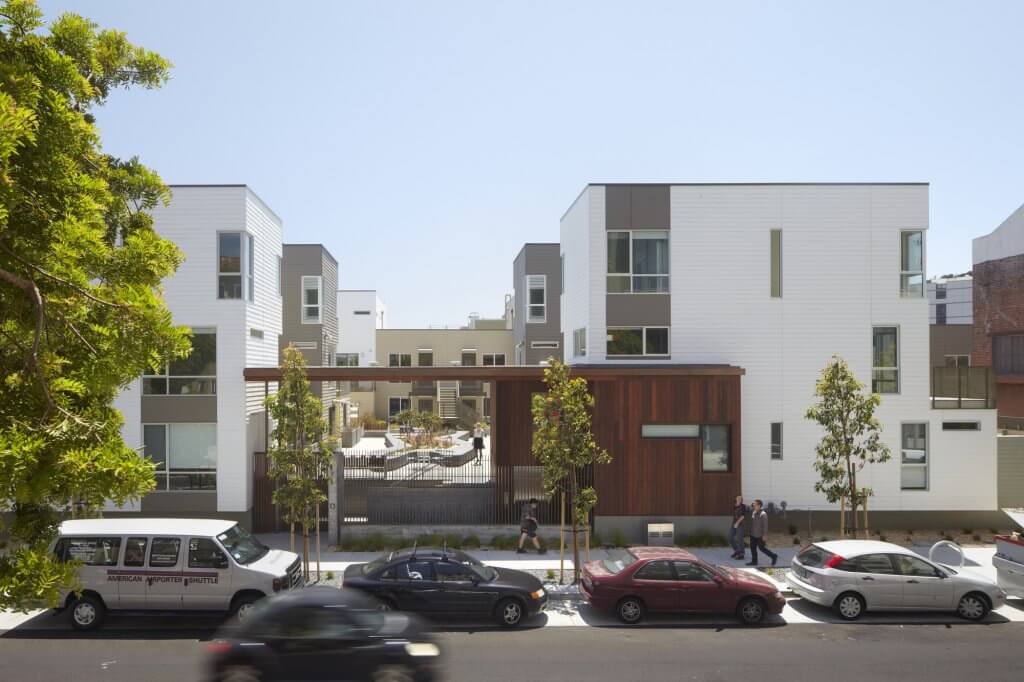Federal Housing Administration Delivers Success
Published On November 16, 2015
Today, the Federal Housing Administration (FHA) delivered its Annual Report to Congress and the report demonstrates that FHA met and exceeded the 2% capital reserve requirement for the Mutual Mortgage Insurance Fund (MMIF) and improved the Fund value by over $40 billion since it went negative in fiscal year 2012.
This good news validates that the policies put in place by FHA over the last 7 years have enabled FHA to strengthen its financial position while also strengthening the economy and providing access to mortgage credit to millions of families. The FHA team deserves tremendous credit for this achievement.
The results of the report point out that FHA remains on the right track and that all of the hard work is paying off.
To those like me, who have followed closely the annual reports of past years, the results also speak to how volatile and different the Home Equity Conversion Mortgage (HECM) program (a reverse mortgage for seniors) is from the broader forward single family portfolio. Every year since 2010 the HECM portfolio has alternated in large swings between negative and positive economic values. Each year, even though this portfolio is only a small fraction (.1 trillion) of the overall 1.1 trillion dollar portfolio, it impacts the overall capital ratio which is the measure most relied upon to assess the FHA. This year, a large gain pulls the overall ratio above 2%. And while policy changes to the HECM program in recent years indicate that it should continue on a positive path, it remains volatile. For reasons that have never been clear to me, the decision to combine these two portfolios into one capital reserve ratio was made prior to 2008, and in order to provide more transparency into the overall FHA performance, that decision should be reversed.
More importantly, today’s news makes clear that FHA and its dedicated personnel have remained vigilant in safeguarding the FHA for future generations. However, the job of mopping up from this terrible housing crisis and recession is not done. The FHA has an obligation to the American people to do more to ensure that families from all walks of life have access to quality affordable homes and communities, today and in the future. FHA, with the help of Congress, must urgently address three key challenges:
- Encourage lenders to remove overlays on the FHA credit box. This means finalizing guidance on how FHA holds lenders accountable for their performance, including what certifications they make about the loans they originate. FHA has made great strides in this area but more needs to be done. While it is hard work in the best of times to develop “rules of the road” that regulate mortgage lending, the situation is all the more challenging in an environment of blame and finger-pointing about the causes of the crisis. Yet, first time home buyers and minority households in particular suffer while the back-biting continues. I have confidence that FHA knows how to thread this needle. They need to get above the politics and use common business sense and get this done.
- Fix outdated rules constraining FHA access to affordable homes. FHA has policies that make it difficult, if not impossible, to insure mortgages that have affordability restrictions resulting from structures such as community land trusts or deed restrictions from local inclusionary ordinances. It was understandable that during the depth of the housing crisis and recovery, these issues were not front and center for FHA. But it is unconscionable that FHA will not insure these homes even as HUD works with local communities to advance opportunity for lower income families. The homes produced by these local policies do just that. It was disappointing to see a focus on energy saving products highlighted in FHA priorities in the Annual Report while these particular affordability issues remain unaddressed. FHA can and should be leading by setting out clear standards and insuring these mortgages. This should be made a top priority.
- Focus on Rental. The Annual Report to Congress on the MMIF is not designed to address FHA’s role in rental housing. HUD and the FHA multifamily division have made great strides in addressing the needs to preserve existing affordable housing through efforts like RAD, refining and improving programs to provide efficient and quality customer service, and serving as a backstop during the financial crisis. Yet, we all know that rental housing affordability challenges have grown tremendously throughout the crisis and now the recovery. There are two areas where FHA can be a leader, with no new congressional appropriations:
- Encourage Mixed Income Rental. FHA multifamily, through its insurance premiums and other underwriting tools, can encourage market rate apartments to include a small portion of affordable housing within their overall developments. This is a simple administrative change that could have a large scale and immediate impact. There is no reason that this type of change could not be made immediately.
- Single Family Rental. The growth in all occupied housing units from 2006 through 2014 has been in renter households, and the majority in single family rental. That is why it is critically important that the single family and the multifamily divisions of FHA work together to address the needs of this housing type. FHA can be a leader and innovator at this vital time to ensure that this new asset class is positioned to provide opportunity for families to rent homes as well as to position them to own those homes in the future.
Today is a good day for FHA and for the American people. I am confident that the institution is now ready to dive in and deliver the next round of success.





